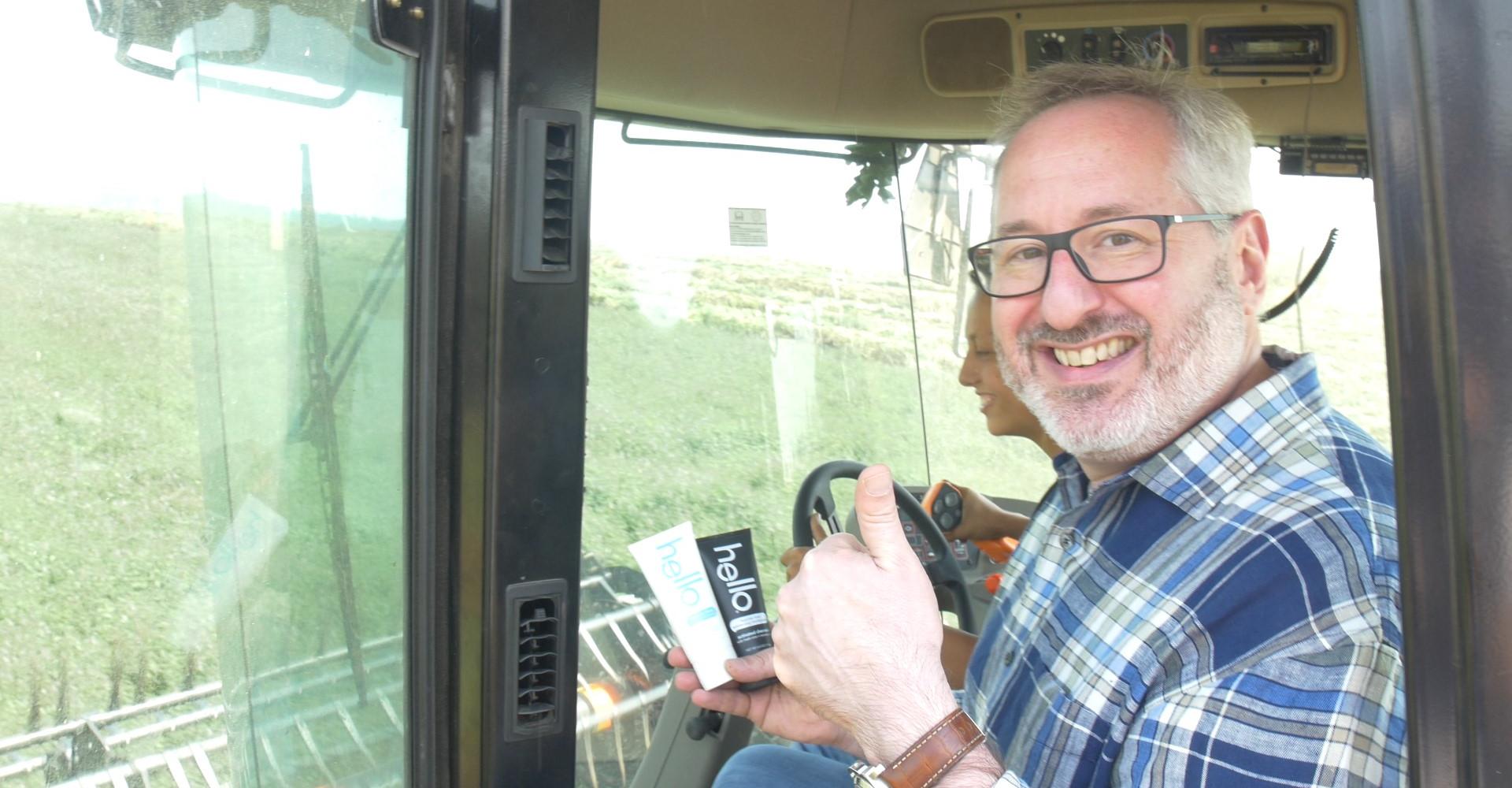
“The Most Powerful Word In The Retail Lexicon Is New”: Hello Products’ Craig Dubitsky Discusses Breaking Through The Sameness On Shelves
Craig Dubitsky is a one-man CPG incubator. His entrepreneurial and investor gift is to make routine stuff less so. Whether it’s laundry detergent at Method, lip balm at EOS or mouthwash at Hello Products, Dubitsky has had a role in many of the items enlivening stores and consumer habits today. That role takes a good dose of chutzpah and enough confidence to ignore the naysayers. Plenty of people told Dubitsky not to enter the oral-care category with Hello, where it’s battling perennial toothpaste power players Colgate-Palmolive, GlaxoSmithKline and Procter & Gamble for shelf space, but the relative newbie is demonstrating longevity doesn’t give a company license to permanence. In press reports, Hello’s annual revenues have been pegged at $20 million, but industry sources estimate they’re much higher. It’s expanded to more than 25,000 retail doors, and is using clean formulas, consumer-friendly flavors, sustainable packaging, eye-catching design and fresh merchandise to win over many more. Hello’s latest releases are Wild Strawberry Fluoride Toothpaste, Activated Charcoal Epic Whitening Fluoride Toothpaste, Antiplaque + Whitening Fluoride Free Toothpaste and Naturally Whitening Fluoride Toothpaste. “The most powerful word in the retail lexicon is new, but you can’t just say you are new, you really have to be new,” declares Dubitsky. Beauty Independent spoke to him about letting buyers in on the development process, quickly course-correcting, ingesting Hello’s products at meetings and getting personal care to be personal.
What did you do before Hello?
I’m a lifelong entrepreneur. I literally was a little kid with a lemonade stand, but my lemonade stand had a car wash because why would you just have a lemonade stand if you could up the magic with a car wash? I’ve always been looking for opportunities everywhere. I had businesses all through college and, then, I became a commodities trader. All my friends were writers and creators, and I was a financial guy. They would come to my apartment to use my washer and dryer, and plowed me with ramen in exchange. In my opinion, they were happier than I was. I had been at Salomon Brothers, Salomon Smith Barney and Citigroup, but ended up starting a company [called Bigmove] and it was acquired. I was living in San Francisco at the time, and I was watching all these companies get started. I was inspired to start more companies and, along the way, I was introduced in a casual way to Simon Property Group. I felt they had a built-in media company with all the consumer eyeballs they had at their malls. I became their in-house venture strategy guy as SVP of venture development.
While I was there, my old CFO said, “You need to meet someone. He likes all the same stuff as you: branding, packaging, story, design.” That person was Eric Ryan, the co-founder of Method. I had an incredible conversation with Eric. It was just an odd thing that we both really had a love for packaging. No one was really talking about packaging at the time in Northern California, where people were just talking about tech. We bonded, and I said, “I heard you have some idea that’s keeping you up at night.” He said, “Yeah, I think cleaning products suck. The stuff we use to clean is so ugly and toxic that you have to lock it up.” I ended up becoming a big champion of Eric and his Method co-founder Adam [Lowry], and led the original investment in Method. I went to everyone in venture and private equity to get them to invest in it, and they thought it was crazy. They said, “No one cares about cleaning products,” but Method became Method and brought joy into a category that hadn’t seen a whole lot of it. Now, everyone says, “How did you see that coming?” I was just looking at things differently.
I was interested in starting a company to elevate the things of everyday life. So, I started EOS and created its sphere [lip balm]. Our first product was actually shave cream, and I’m the lunatic that wrote the copy for it. The directions on most shave creams were creepy to me. They would say, “Moisten area to shave, apply to area and shave.” I wrote, “Shave, touch, smile.” Then, I went on to work with snacks food company Indiana, Popcorn. I was brought in by Goldman Sachs, and we became the leading kettle-corn brand in America.
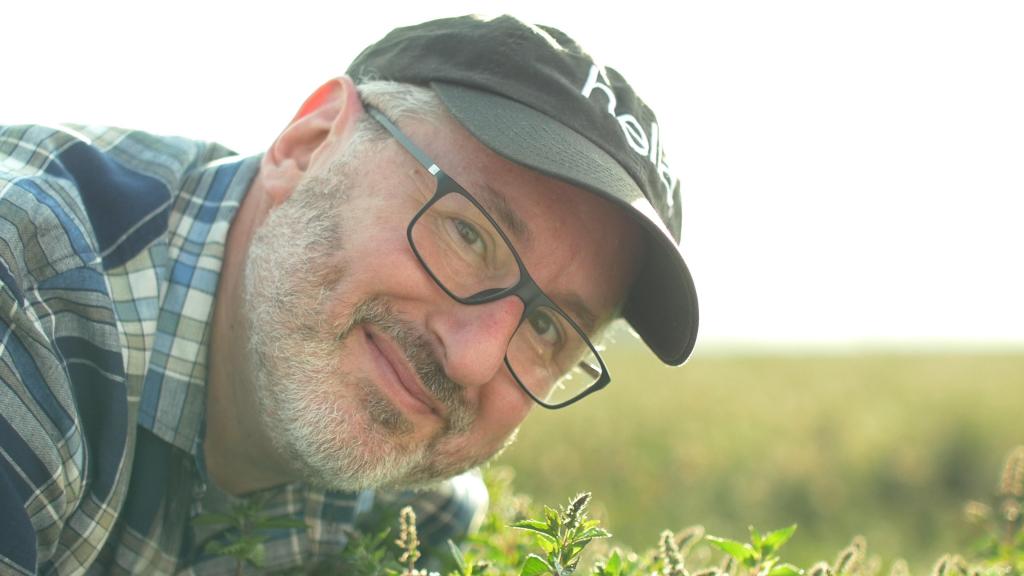
How did you go from there to Hello?
I created a list of brand concepts and categories that I wanted to go after, and oral care was one of them. I would walk past store aisles and see all these pictures of extracted teeth jumping out at me. The boxes had either holographics of extracted teeth or concentric circles around extracted teeth. I thought, “The last thing I want to see when I’m shopping is extracted teeth.” When I looked at the back of the products, I saw things like triclosan and saccharine. The FDA banned triclosan in hand soap, but it’s in a leading toothpaste brand. The whole category reminded me a lot of household cleaning. In household cleaning, there was a war going on at home, and you had to kill everything. The big companies were going to help you do that. It’s the same narrative at play in oral care. The way oral-care products were being sold to you was that you won’t get paid and you won’t get laid without them. If you are not whitening, you are frightening. Everything was bellicose, aggressive and warlike. I thought, “That’s crazy.” That was the birth of Hello. It started with me seeing extracted teeth on boxes.
I found the friendliest word I would think of and that’s “hello.” I was able to trademark “hello” all over the world. Oral health and whole body health are inextricably linked, and there is a lot of risk. We never compromise efficacy. I had to make sure that the goop was awesome. This wasn’t just a branding exercise. The first hire was the head of R&D to make sure we could source ingredients and make formulations we could stand behind and feel good about. We officially launched about five-and-a-half years ago.
What did the brand launch with?
We had toothpaste, mouthwash, breath spray and, at the very last minute, a toothbrush. Believe it or not, the first thing I really wanted was mouthwash. I started spending more time with retail partners, and they were like, “Mouthwash is great, but the lion’s share of the category is toothpaste, so you really have to go after toothpaste.” I went back and said, “Alright, we have to make toothpaste.” We went from concept to a fully-commercialized product in six months, and everything was custom. We had to build the tools to make the components, and we built the tools in America.
What was your retail approach?
I was fortunate to have the history I had with Method and EOS, and I had worked with a team to launch Boots in the U.S. at Target and Ulta. At Popcorn, Indiana, we had very significant launches at Walmart. I got to know a lot of retailers. I think I was very much the outsider because I wasn’t from a big CPG company. I would never ask anyone for anything. I would just show up with ideas and never wasted anyone’s time because it’s so precious. I wanted to hear what they needed to accomplish. My advice for anyone is to be respectful of their goals and pain points. If you can’t deliver against those pain points, you are going to have a tough time. Oral care was a category that was massive, but flat, and retailers are in need of things that are dynamic and interesting.
When we launched, we had a dedicated endcap at Target for a period of time in a select number of doors. That was fantastic. We also launched with Walgreens. It started rolling out to more places, but it took time. We are in a lot of doors now, but, in the beginning, it was just about getting those first accounts set up.
What was your pitch to retailers?
I would literally say, “You’ve seen your grandparents’ teeth, why would you use the same toothpaste as them?” I’m very focused on how things make you feel. Like, what does the name of a brand make you feel? What are the benefits you are talking about, and how are you talking about them? What does the product feel like in your hand? Our custom tubes don’t get crinkly. As soon as you squeeze a regular tube, it looks nasty. Now, I go to meetings, and I eat the fluoride-free toothpaste. If you did that with other products, I would dial 911. I’m not suggesting anyone eat toothpaste, ours or anybody else’s, but ours does taste better than everyone else’s out there. Anything you taste should taste awesome and should be as natural as possible. The way we got a lot of retailers excited is by being excited ourselves. Everyone on my team is really passionate. This isn’t a job you take. It’s a brand you join.
Right now, I’m staring at a toddler toothpaste we had talked about with our buyer at Walmart. From concept to the shelf, it took four months. Charcoal toothpaste, the same thing. Concept to the shelf in four months. We go really fast. We have no legacy. As much as there’s thought leadership at Hello, there’s speedership. If we come up with an idea, we will do everything that we can to bring it to life as quickly as possible. We talk to retailers about products as opposed to saying, “Here’s a finished product. Do you like it? OK, we’re done.” That’s not to say we don’t have finished products, but we will go in and say, “We are thinking about these products, what do you think?”
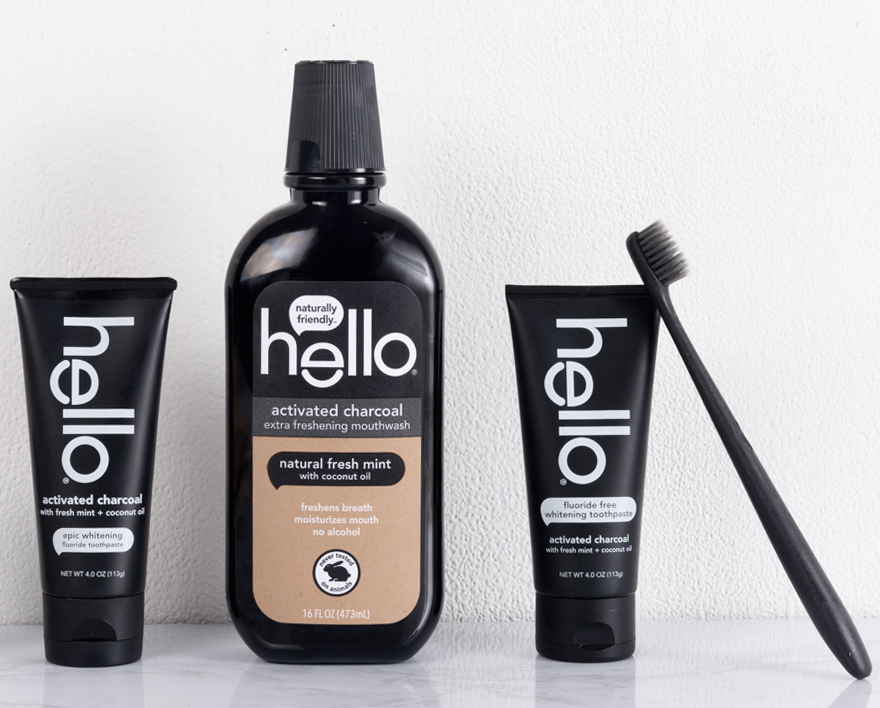
What tweaks have you made?
When we first launched, no one could even tell our toothpaste was a toothpaste. There was no secondary packaging. It was a volumetrically-efficient design, and we could fit so much product into it, but, visually, it looked half the size of our competition. There wasn’t enough space to do storytelling on the pack, and this is a category where people want to learn about what they are buying. Without secondary packaging, it would also get scuffed on the way to stores. So, it would show up dirty and damaged. Nearly instantly, we knew we had to change it. We moved fast and created custom tubes that look like normal tubes. We made the custom tubes because we wanted to have zero or near zero preservatives in the product. We wanted to keep the integrity of the formulations intact to allow for shelf life. We decided to make it look like a normal tube and have a secondary pack, so it started to look and feel like what the category was used to, and that was really helpful for us. Our first products were all fluoride toothpastes, and we started to move into more fluoride-free toothpastes. Our fluoride-free products are our bestsellers.
What was the worst day for you at the business?
At one point, we were in CVS and, then, we weren’t in CVS. That was pretty devastating. There were all sorts of reasons we were given. They were shrinking the set, and our sales were not what they thought they’d be. That was a very discouraging day. If you’re in it and you’re serious, you go, alright, let’s figure out what happened, why it didn’t work, and you friggin’ fix it, and you do it fast. You have to fall in love with the problem, and the day you think you’ve solved it, you’re screwed. Fast forward and, now, we are crushing it in CVS. We listened, and we made changes. It’s not about product ownership and authorship. The key is to be a really active listener.
What’s the distribution strategy today?
If people go to a place and they have teeth, we pretty much want to be there. We are in CVS, Rite Aid, Target, Walmart, Amazon, Kroger, Safeway, Albertsons, Wegmans, Vitamin Shoppe. Ironically, we are not in Walgreens, which kills me, but we are killing it at CVS and Rite Aid, so, it is what it is. At Walgreens, we had our first version of the product, and we didn’t do as well there as we hoped. I hope we will be back. I’m a big Walgreens and Duane Reade fan, so, hopefully, we can make that work.
What’s your take on Amazon?
We are doing really, really well with Amazon. At our last check, our kid’s toothpaste was the number-one selling kid’s toothpaste on Amazon, and it was the number-seven bestselling toothpaste on all of Amazon. Our growth on Amazon is a steep, incredible hockey stick. I need to go to a chiropractor after I look at it. We are also seeing incredible growth at Thrive Market, Grove Collaborative and our own e-commerce site. We recently started subscription, and that’s growing at a ridiculous clip.
Search is important for everybody. Having good content online at Amazon and elsewhere is really important. PR is really important. The number-one search engine for product now is Amazon, not Google, so having good digital content that allows people to learn more via Amazon is great. Reviews are incredibly powerful. Who we trust has changed so much and how we get the information we are going to trust has changed so much.
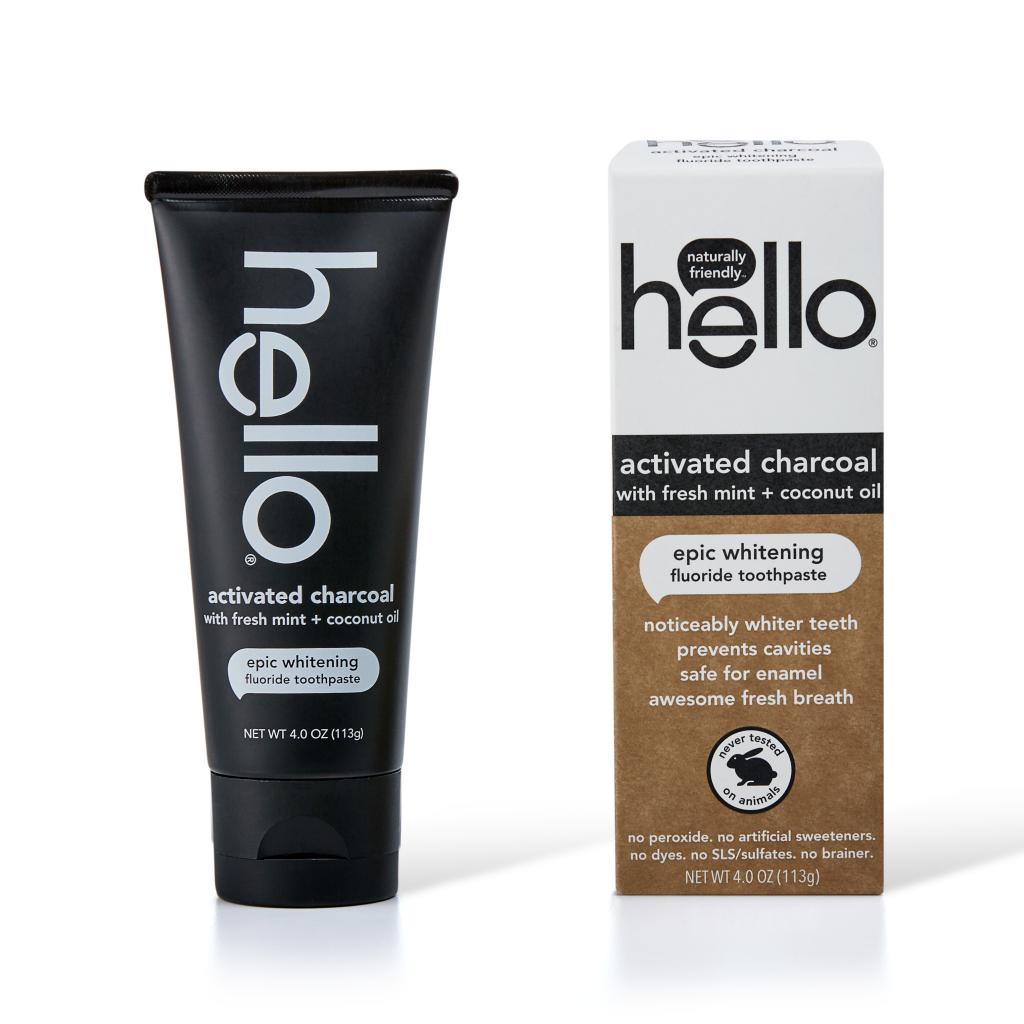
Can you tell us about Hello’s overall growth?
We are the fastest-growing oral-care brand in America with the number-one charcoal toothpaste in America. We are the largest private oral-care company in America. Regular oral care has been growing at the rate of population growth, roughly 3% or so. The natural segment of oral care has been growing 16% to 18%. In the last 26 weeks, I am told we contributed well north of 50% of that growth. The business is on fire. The business has grown over 300%. Next year, the business is set to close to triple again based on the things we are seeing. This year, we are becoming profitable, which is very key.
Since Hello launched, competition in oral care has increased. What does that mean for the brand?
I don’t want to take credit for opening up the entrepreneurial door to oral care, but, at the time we got started, a lot of people were very skeptical, and it reminded me of other things I got involved in. I looked at oral care and saw three players controlling almost everything. I thought there was a new conversation to be had. We’ve definitely shown oral care is category ripe for innovation. We are happy that people are waking up to this category because, generally, that’s a good thing, but we are not putting our heads in the sand or resting on our laurels.
What are growth opportunities for the brand?
We have a lot of stuff coming in oral care, but the name of the company is Hello Products Inc., not Hello Oral Care Inc. There are a lot of areas where a focus on ingredients, efficacy, design and elevating everyday can certainly work, but we have also watched brands perhaps fly too close to the sun with the idea that they can do everything. We want to make sure we are doing what we do really, really well before we spread beyond it.
We have seen many brands dabble in brick-and-mortar experiences and atypical partnerships. Are you going to be engaging in more unusual techniques to get products in the hands of consumers?
Yes is the short answer. Watch this space. We have a lot of things we’ve been quietly cooking up that we think are going to be really cool. People want to see a living, breathing brand, not just a product. We like to say we are making personal-care products personal again. This is tangential, but related. From the very beginning, we had a Skype button on our site, and it gets pinged pretty much every day. We get hit up by people from all over the world asking us about our products or about joining the company or just thanking us. We get love letters. Who sends a love letter to a toothpaste company?
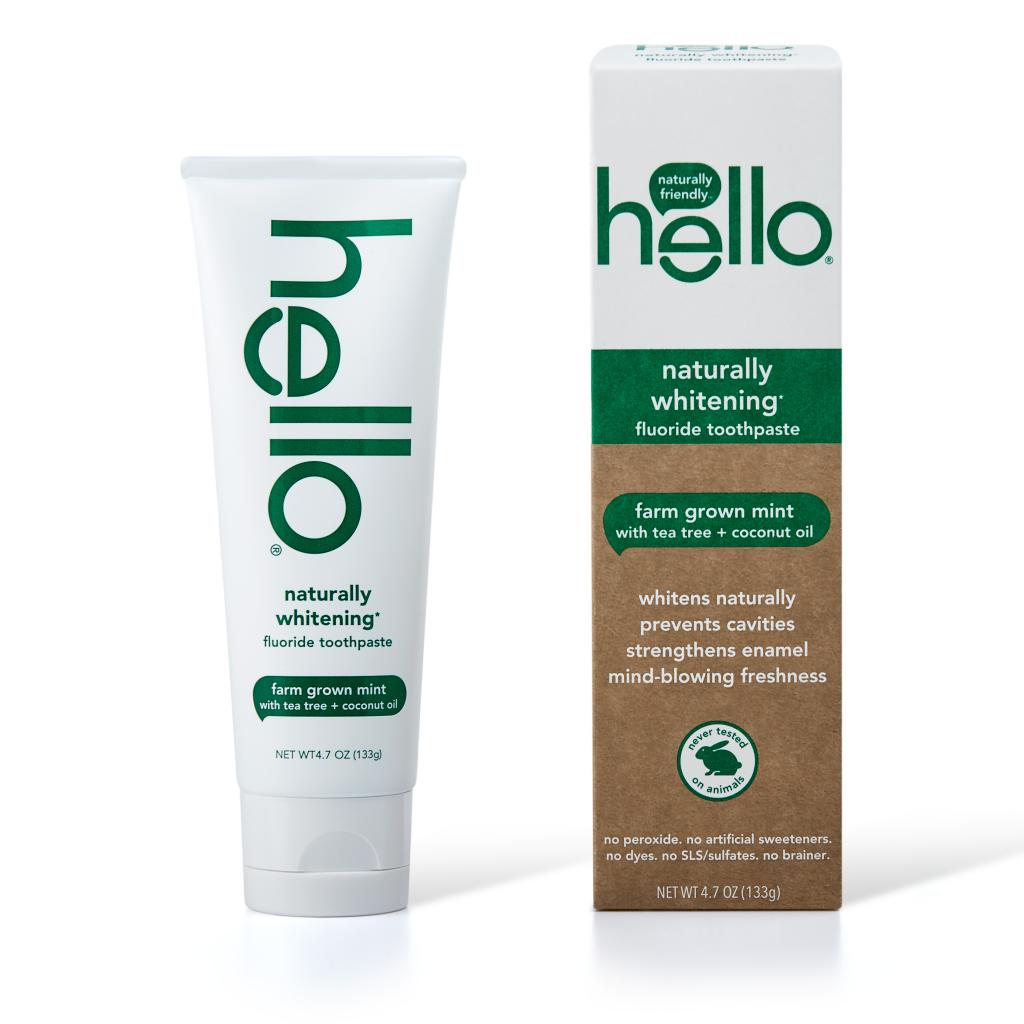
Do you envision the company being purchased by a strategic buyer?
Our investment partners are private. We don’t have a horizon where, if we don’t exit in X number of years, we are toast. We can just keep going. Our focus isn’t on how we exit. Our focus is on making the greatest products for the greatest number of people possible, and doing that in a way that’s meaningful and allows us to operate as a business. We are not a charity. We are a business, but our focus is on making product for the 100% and not for the 1%. We are going to grow and make a lot of people happy brushing and rinsing with our products, and we will have people who work here who will be part of a growing business getting compensated along the way. We are not building it to fill a niche in someone else’s portfolio. We are building it to delight the hell out of people. If you do it right, the rest will take care of itself.

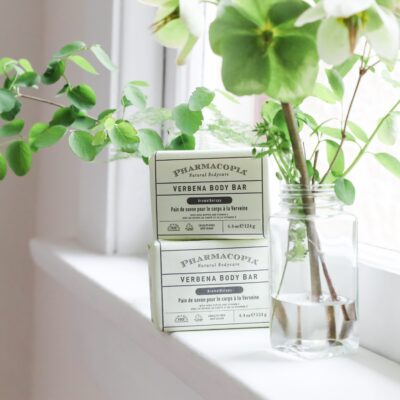

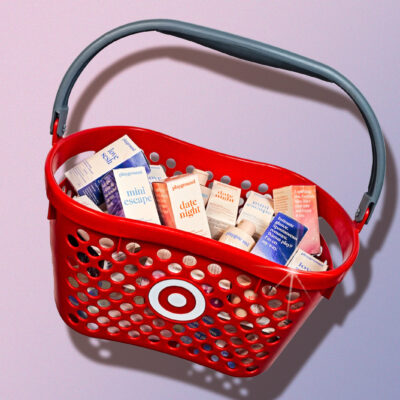

Peter Evans